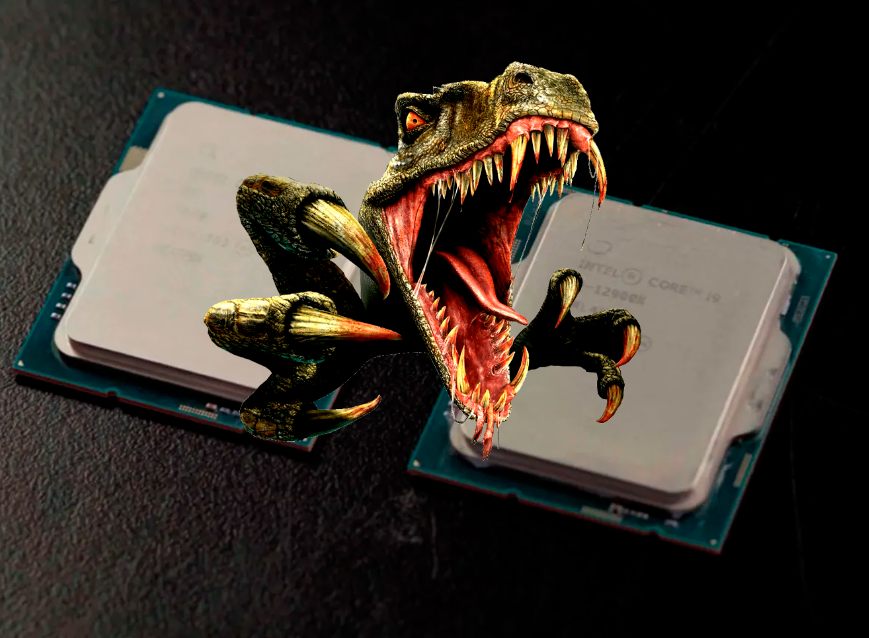What is happening in the semiconductor market can safely be called illogical. For example, everyone is waiting for new generation of NVIDIA desktop graphics and flagship GeForce RTX 4090, while the interest in the same AMD Radeon RX 7900 XT is much lower. In the press constantly gets some rumors, insiders bombarded with data on the amount of video memory and power consumption, telling horror stories that enthusiasts and even have to stock up on a power supply from 1000 watts. Obviously, the observed was the merit of a succession of failures of AMD management, which is unable to build a long-term strategy for expansion in the graphics card market. Lisa Soo seems to have everything they need, but the desire for high margins is clearly getting in the way of business. And everything is much more optimistic in the processor direction for the reds. Judging by the amount of information about the Ryzen 7000 generation, sales should exceed the boldest expectations.
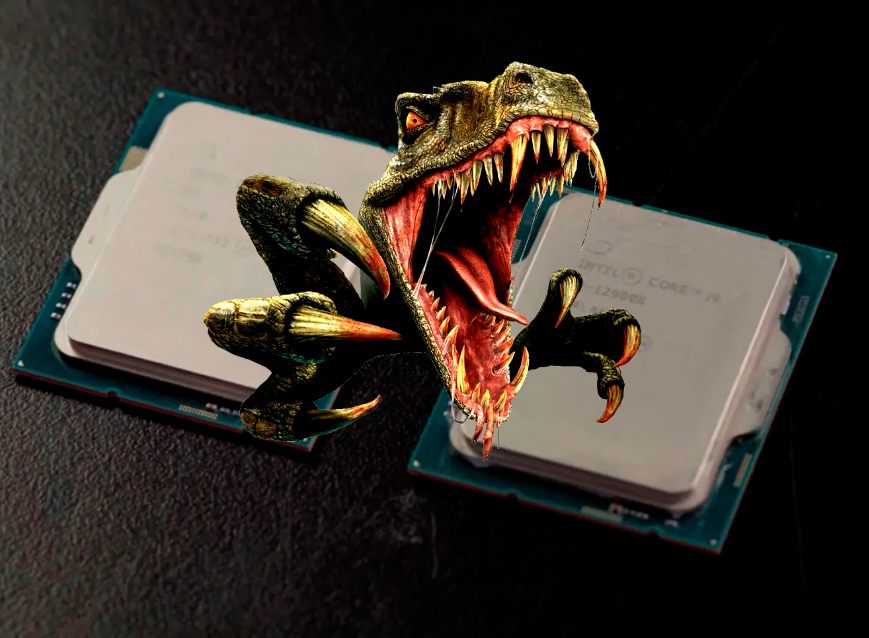
But it would be naive to think that Intel will just give the market to AMD. A few days ago there were rumors that a monster Core i9-13900KS processor could be released as part of the next Raptor Lake series, clocked at or above 6GHz. At the same time, insiders remind us that Lisa Su has no plans to part with the cap of the leader, because the head of the company has 3D V-Cache technology up his sleeve, which could include the fastest gaming processors. This is all very interesting, but today we’ll move on to real tests. Intel flagship, which just belongs to the 13th generation, appearing under the codename Raptor Lake. Apparently, insiders got their hands on an early engineering specimen, which was running on all cores at 3.8 GHz clock speed. This is a very modest figure, but preliminary tests often use frequency-limited stones.
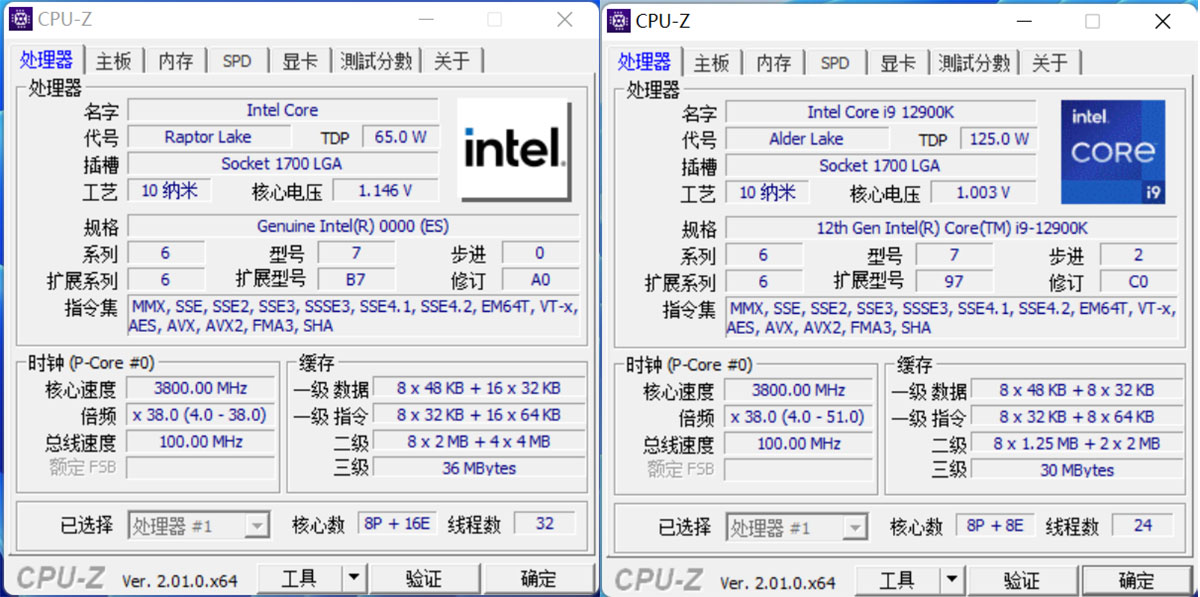
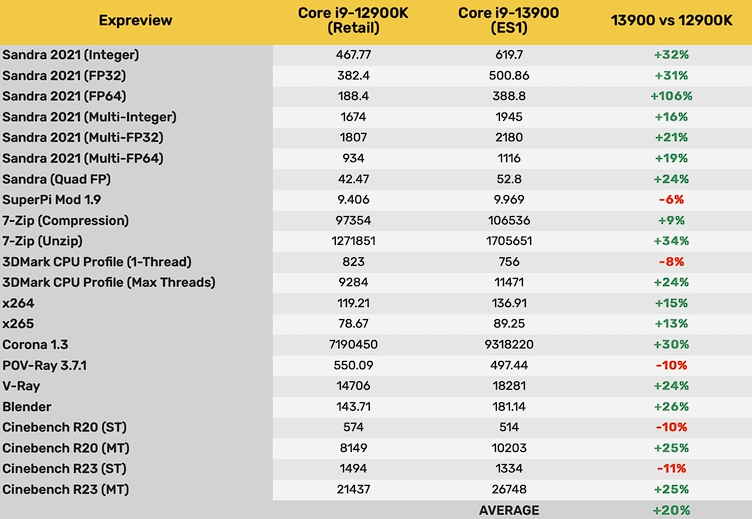
Of the nice things: the Core i9-13900K worked on the ASUS ROG Maximus Z690 EXTREME motherboard, which means owners of current generation processors can upgrade with a simple swap, whereas in recent years Intel chipsets had a lifespan of exactly one year. Apparently, in one version of the BIOS will be available all the information to support the performance of the new generation, which can not but please the enthusiasts, who buy processors with the intention of strengthening the system in a year. If we sum up all the synthetic tests, the Core i9-13900K was about 20% faster than the current flagship Core i9-12900K. However, if we take a close look at the single-threaded results, we have a 10% advantage here, whereas in multi-threading we managed to achieve a growth of up to 25%. This means that Intel will continue to attack AMD’s position in this area, trying to make up for the noticeable lag.
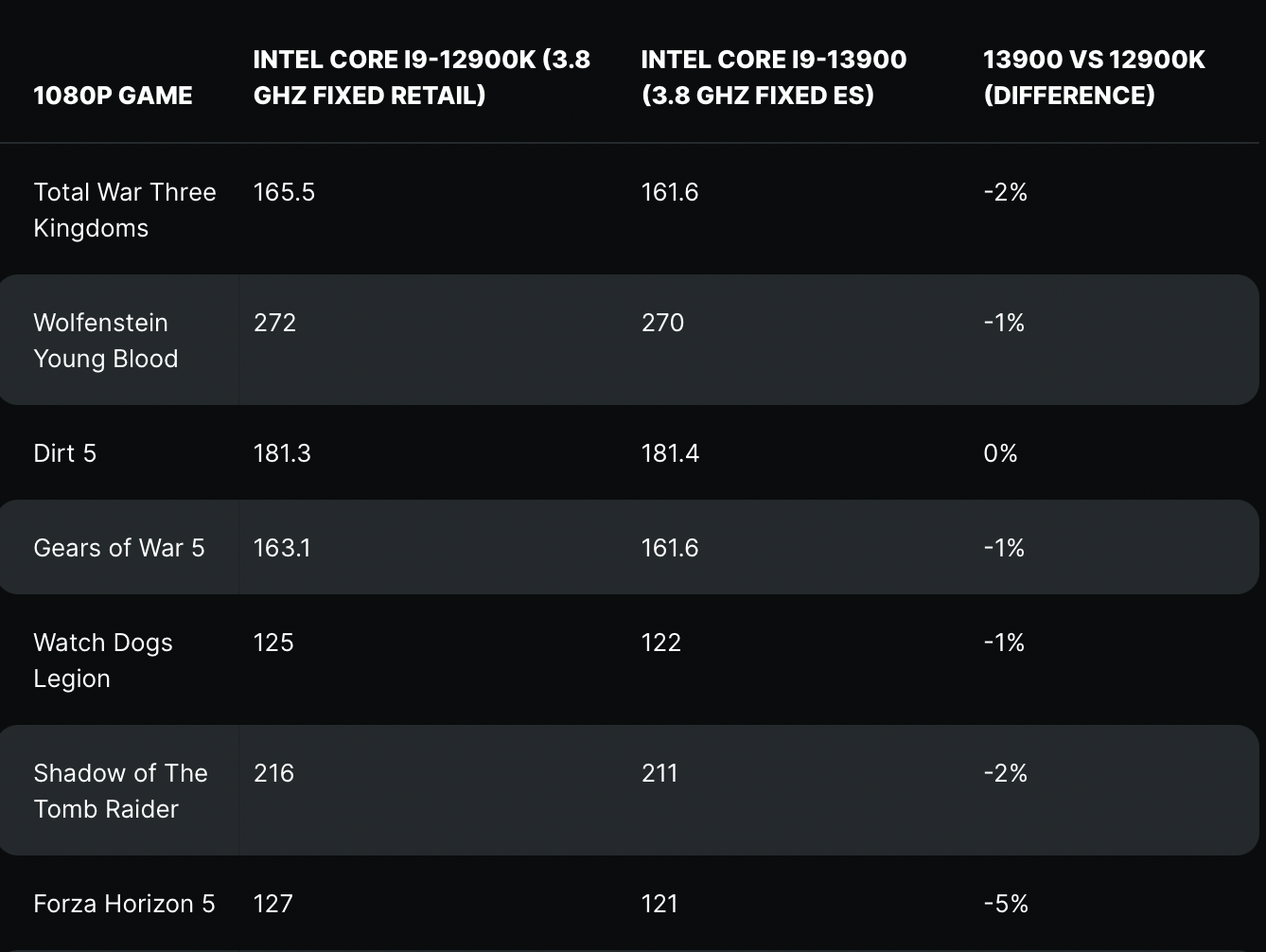
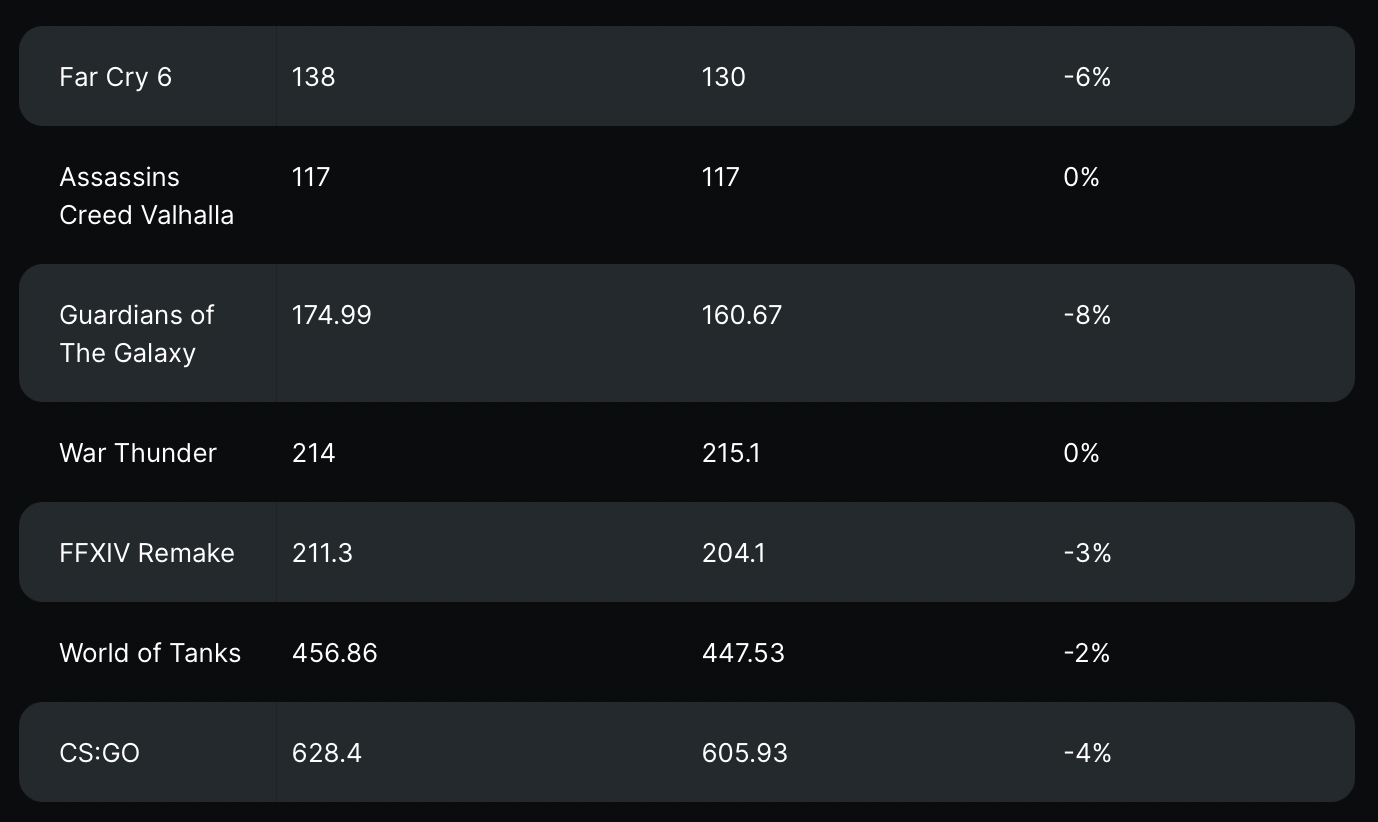
But in games the Core i9-13900K didn’t show itself at all. Somewhere the engineering copy even managed to lag behind by 8%, whereas the average parity is observed. It is important to understand that many game engines are very sensitive to clock speeds. So the low performance of the Core i9-13900K could have an impact on the final result. Experts advise not to make premature conclusions. Very often we see a huge performance gain in the early tests, while in the end it all comes down to a fairly ordinary 10%. Needless to say even the Core i9-12900K, which was predicted to see almost a 50% increase in frames per second in games compared to the Core i9-11900K, in most cases has a slight advantage. This advantage is also due to the presence of a new generation of RAM with high clock speeds. In the second half of the summer we will see more realistic tests, but meanwhile we can understand that the release of Ryzen 7000 series processors for Lisa Su will not be an easy walk and requires a carefully calibrated strategy. Perhaps this will cool the ardor of the red team management, which does not plan to please us with sane prices. Look for data on this topic in our story.
